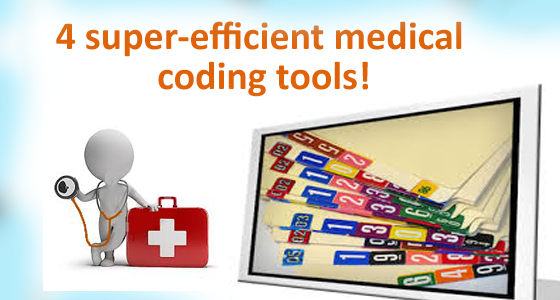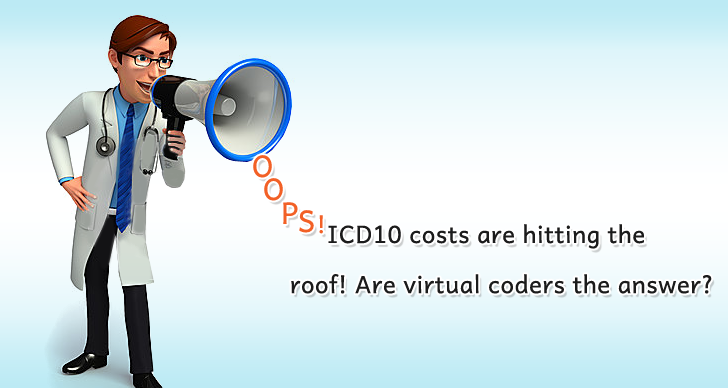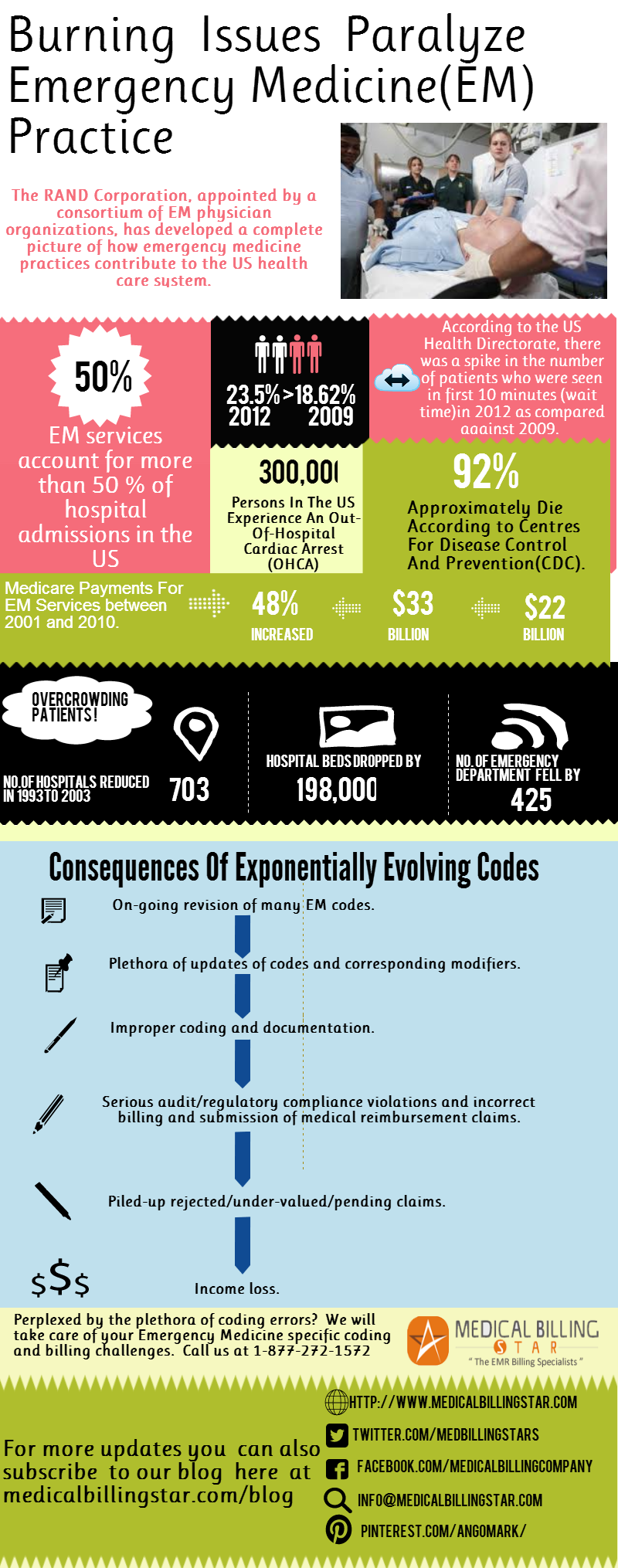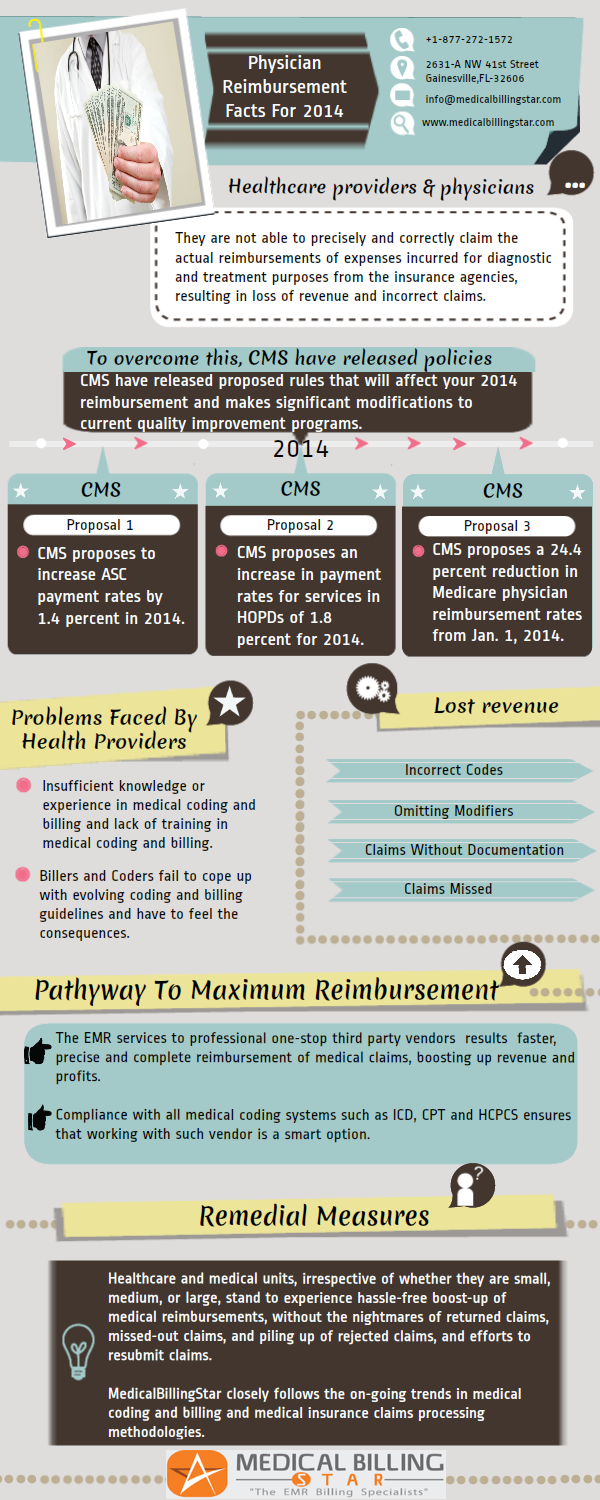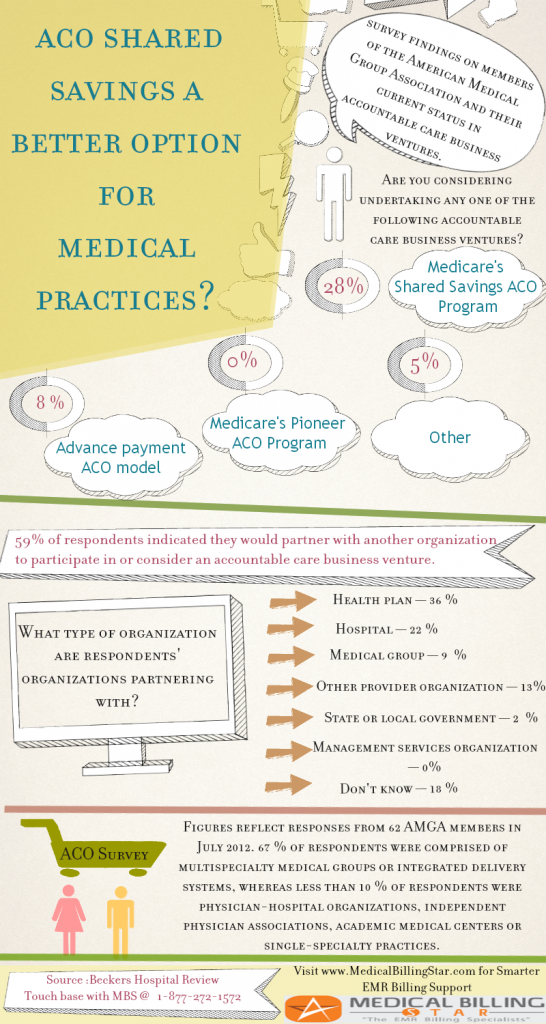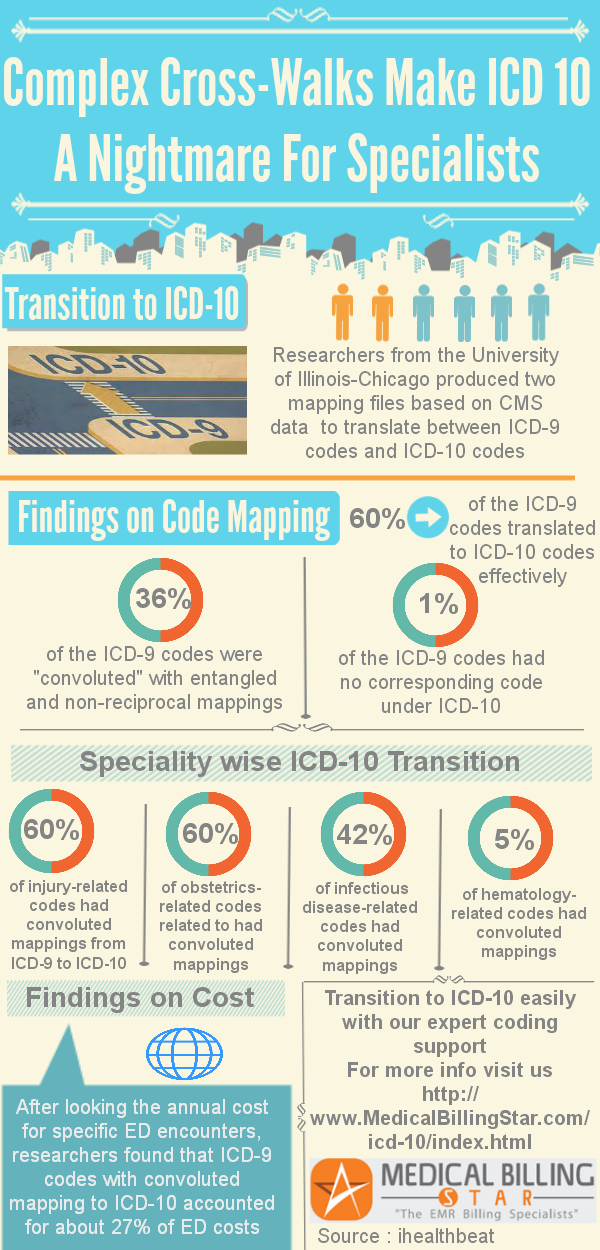It can be incredibly frustrating and laborious to assign medical codes. The complexity of the medical coding process has increased manifold due to the latest healthcare reforms. There is demand for perfect documentation. Anything less than perfect, means, rejected claims, or, worse still, fines for miscoding.
Automate: The sooner the better!
There has to be a better way to code. Right? Well here is the solution, automate. Using tools to code can help in streamlining and quickening the medical coding process.
4 super-efficient medical coding tools!
1.Turbo Coder:
 Turbo Coder is a digital coding tool that is user friendly. This tool includes ICD-9CM, ICD-10CM, HCPCS and CPT codes. The Turbo coder has truckloads of smart features such as, pre-emptive search spelling help, spell checker, main term search, annotation and notes, multi screen view where you can view four sections at the same time. And the most important feature, security! Turbo Coder is an excellent adjunct tool that helps with coding visits. This digital coding software has indexed digital content as well.
Turbo Coder is a digital coding tool that is user friendly. This tool includes ICD-9CM, ICD-10CM, HCPCS and CPT codes. The Turbo coder has truckloads of smart features such as, pre-emptive search spelling help, spell checker, main term search, annotation and notes, multi screen view where you can view four sections at the same time. And the most important feature, security! Turbo Coder is an excellent adjunct tool that helps with coding visits. This digital coding software has indexed digital content as well.
2.TruCode:
 It is a feature rich tool that helps to eliminate claim denials, due to coding errors. TruCode promotes coding accuracy. It automatically presents critical coding information within a single encoding screen. TruCode helps in bettering coding outcomes.It has a neat interface and is easily navigable.
It is a feature rich tool that helps to eliminate claim denials, due to coding errors. TruCode promotes coding accuracy. It automatically presents critical coding information within a single encoding screen. TruCode helps in bettering coding outcomes.It has a neat interface and is easily navigable.
3.3M™
 Improve the quality of your clinical documentation with the 3M™ tool. This 3M™ tool enables accurate coding and streamlines the outpatient and inpatient coding process. Maintaining quality metrics and achieving appropriate reimbursement for services is easier with this software. 3M™ coding tools helps in adding greater specificity and accuracy to coded data.
Improve the quality of your clinical documentation with the 3M™ tool. This 3M™ tool enables accurate coding and streamlines the outpatient and inpatient coding process. Maintaining quality metrics and achieving appropriate reimbursement for services is easier with this software. 3M™ coding tools helps in adding greater specificity and accuracy to coded data.
4. BillingBridge
Want to know what your top paying codes are? Know what works! BillingBridge is a code analytics app that helps users to view their top performing CPT codes, most used codes and frequently made coding errors. It helps medical coders to make course corrections and systematizes the medical coding process. It has an uncluttered interface and informative dashboards. Inbuilt query tracking and chat support is also available.
Stop denials to a large extent with the help of these smart coding tools!
